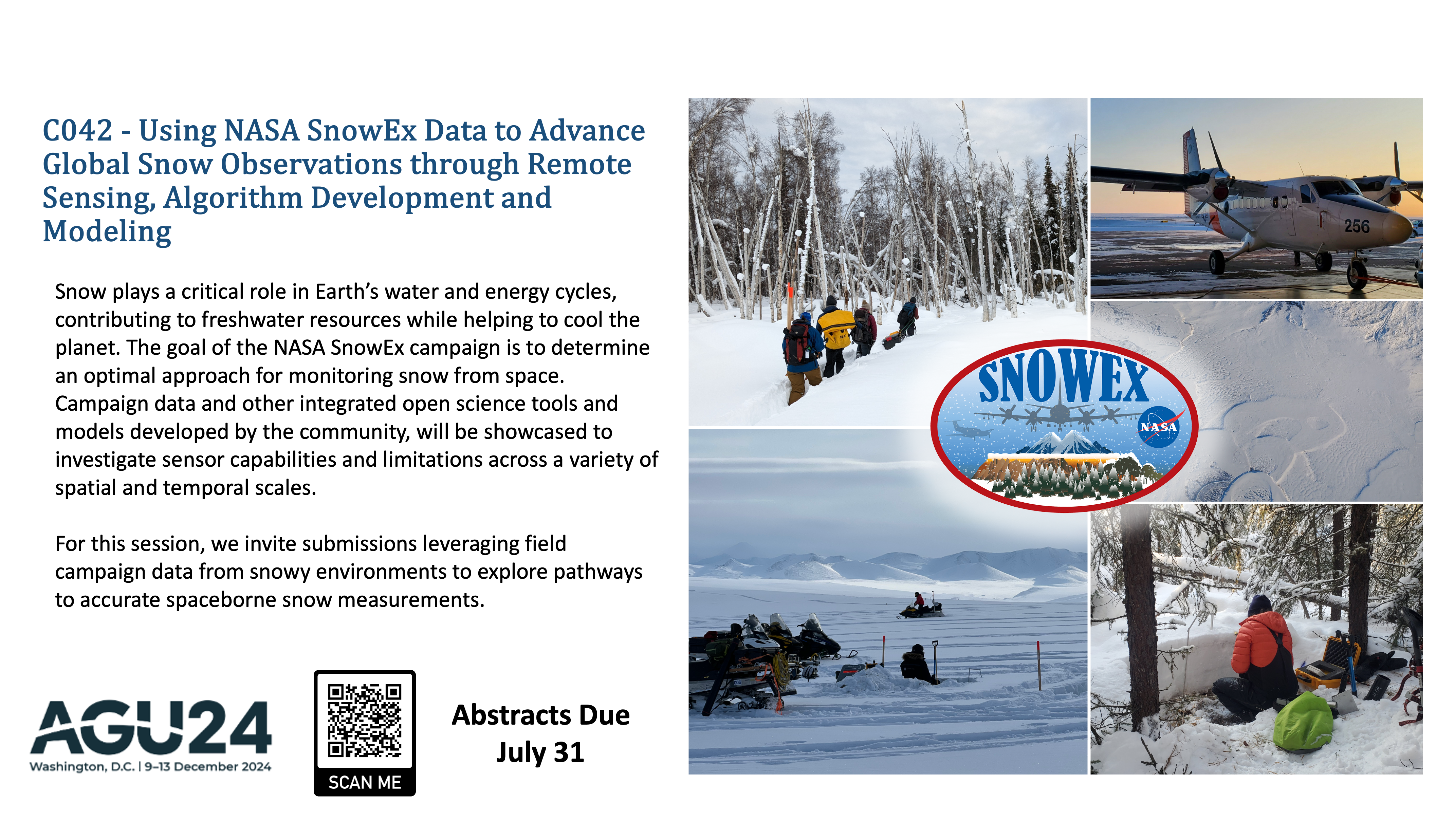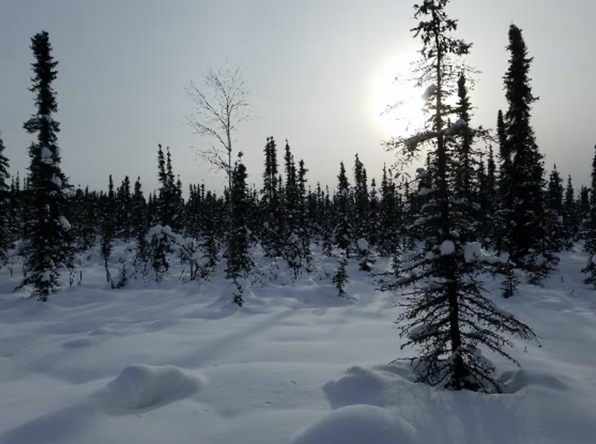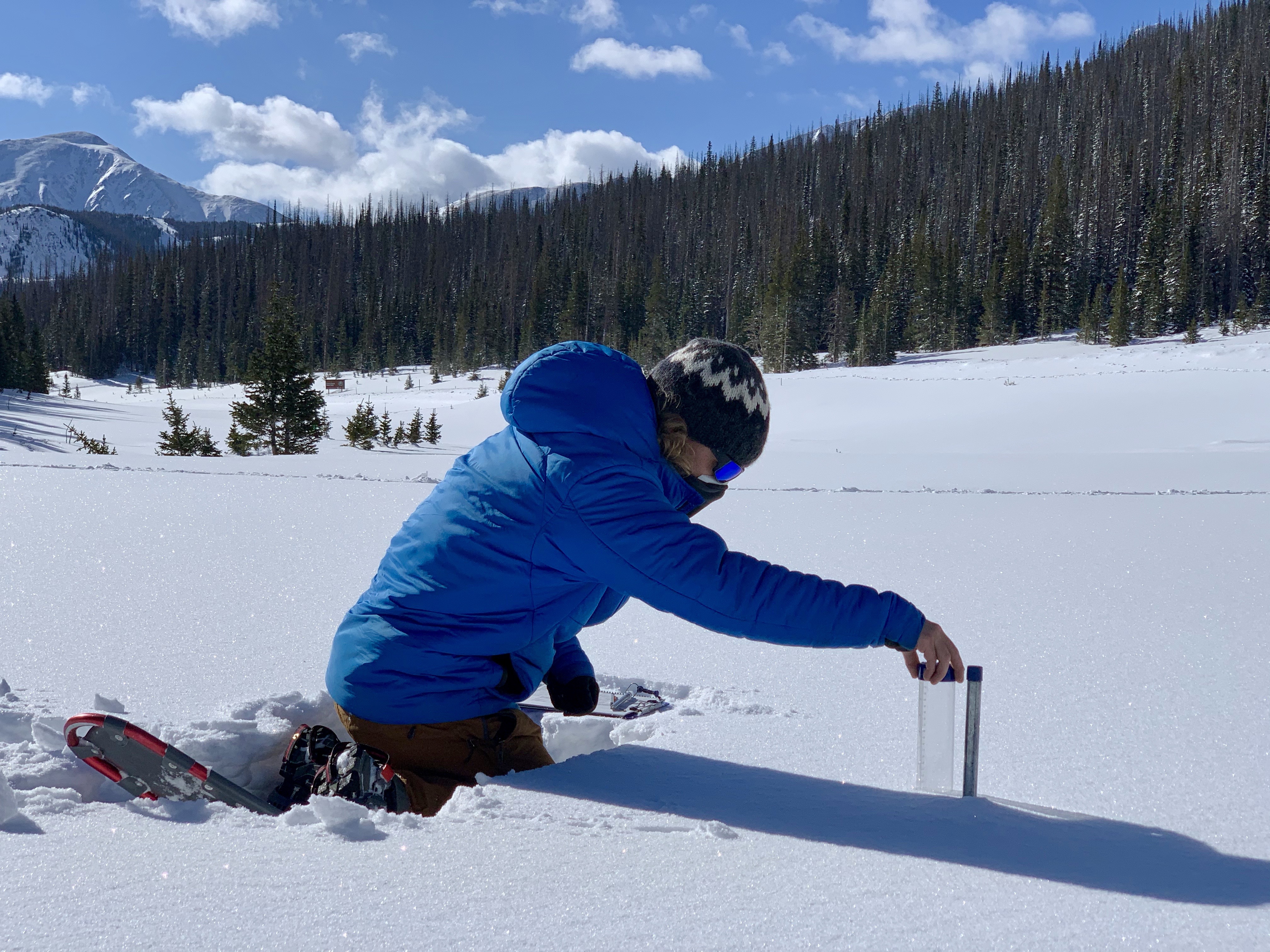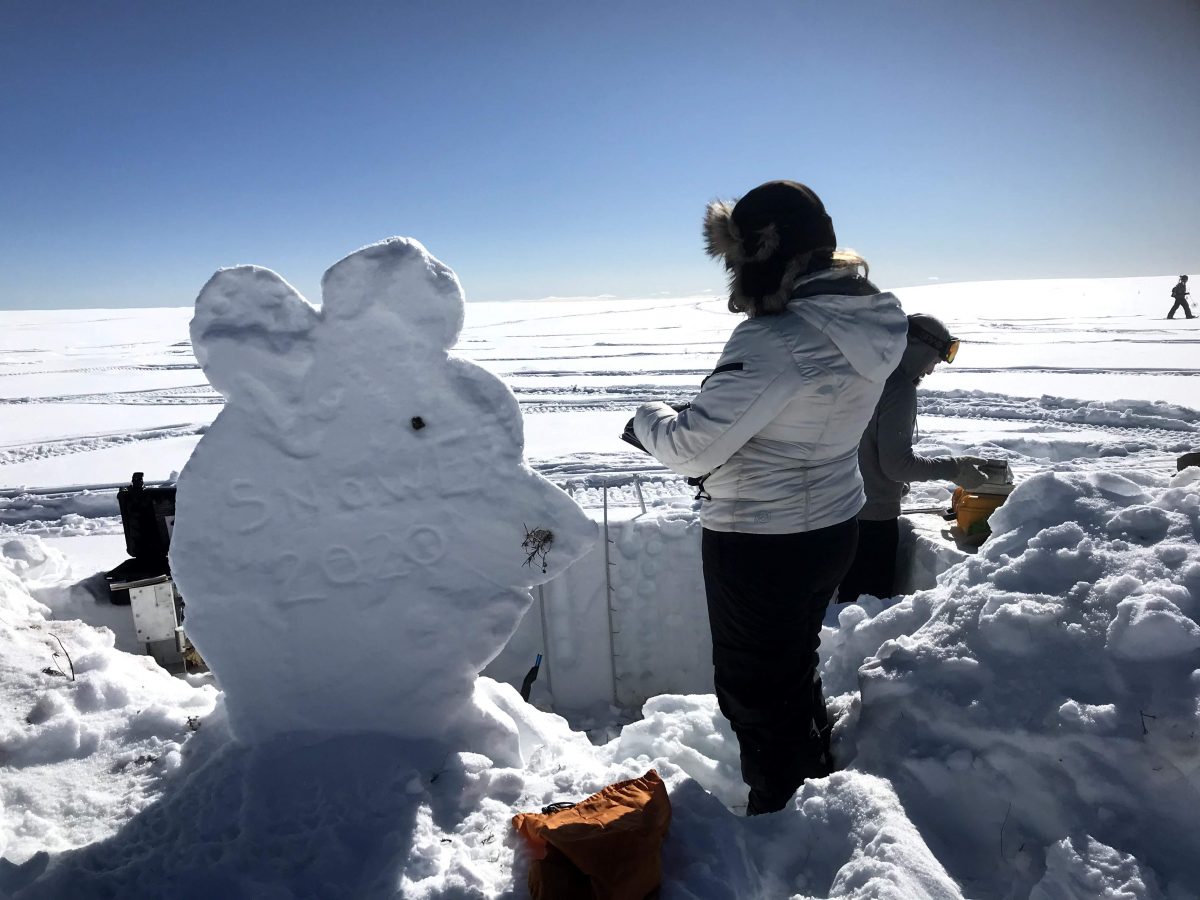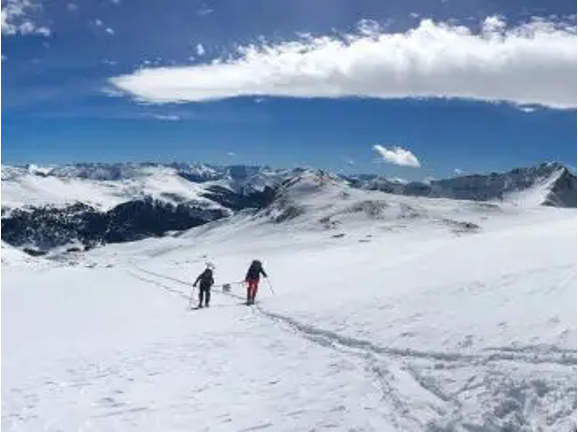Snow News
AGU 2024 | NASA SnowEx Session
Using NASA snow data? Consider submitting an abstract to the fall AGU 2024 meeting.
Importance of Snow
Snow is an integral part of the Earth’s water and energy cycles, contributing life-giving water resources while helping to cool the planet. During the winter, snow collects and stores water which melts in the spring to feed streams and reservoirs. Worldwide, approximately two billion people rely on seasonal snow for water supply, agriculture, and hydropower needs. Wildlife depends on snow for insulation and habitat and it supports multiple, diverse ecosystems. Seasonal snow also plays an integral role in the global energy cycle, covering over 36% of the Earth’s land surface area each year and reflecting up to 85% of the incoming solar radiation in those areas. However, changes to the Earth’s seasonal snow could have widespread implications for energy feedbacks, water availability and streamflow forecasting. Monitoring global snow is critical to understanding snow’s role in the Earth’s water and energy cycle and for supporting water management needs.


